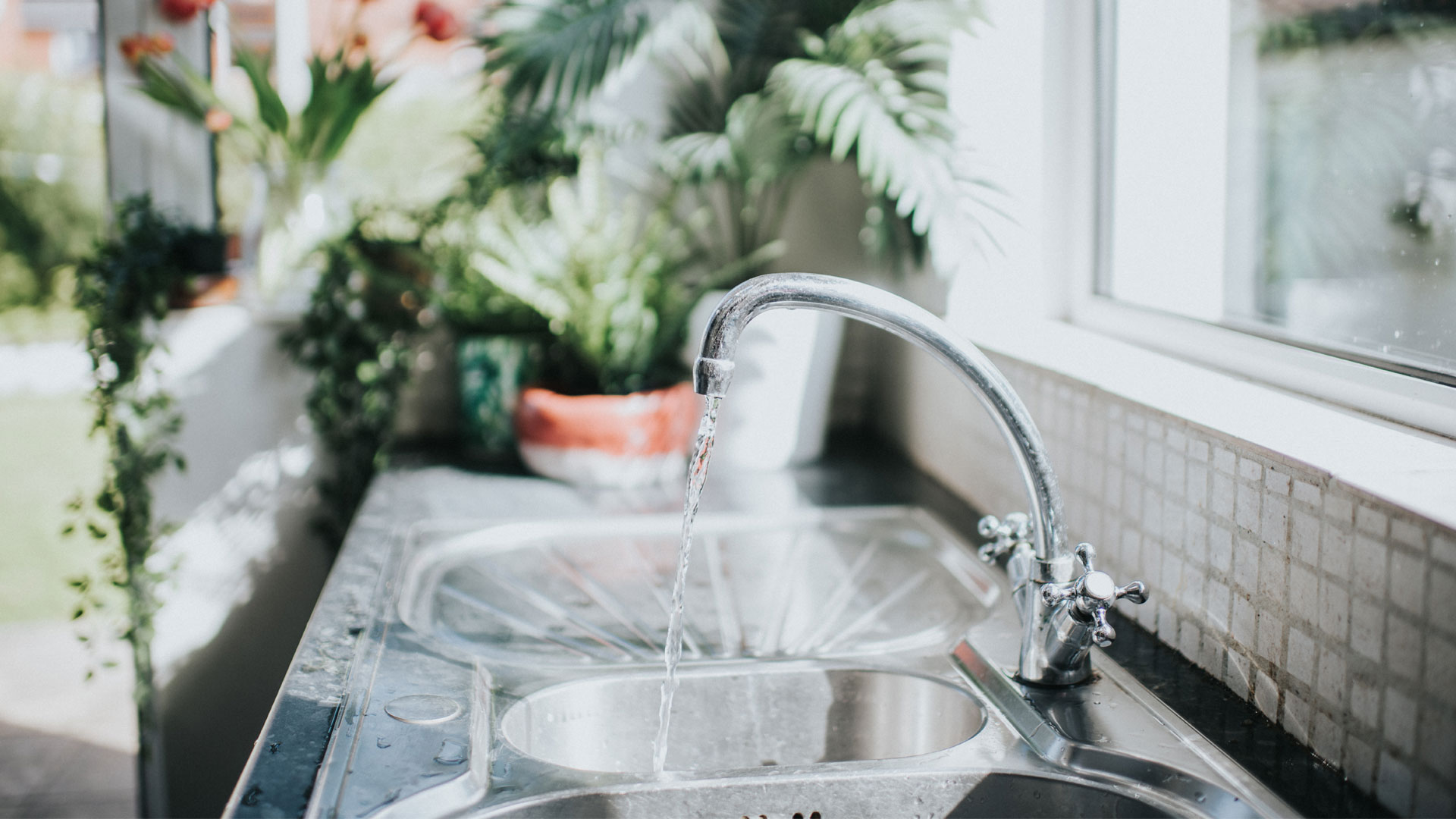Older timer based models regenerate on a set cycle regardless of how much water you ve used.
Whirlpool water softener whes44 reviews.
Whirlpool 44000 grain water softener item 416876 model whes44 water softeners need to regenerate in order to properly function and the whes40 s demand initiated regeneration technology monitors how much water you use and will only regenerate when you need it cutting back on both water and salt usage.
This is the last review in our whirlpool water softener review series.
Whirlpool describe their water softeners as the best way to deal with and avoid hard water in your home.
Whirlpool water softeners are versatile and very compact compared to other whole house models.
Uses up to 25 less salt and water than previous whirlpool models by monitoring your water usage and only regenerating when necessary.
One of the best things about them is the easy installation and maintenance.
Whirlpool water softener reviews updated 2020 the michigan based company makes different models with varying capacities.
They also promise that their whirlpool water softener will produce soft water that saves you energy too.
It features the whirlpool whes44 44 000 grain softener for residential hard water treatment for both wells and municipal supplies.
In addition most models are quite affordable and yet the performance is comparable to some pricier.
The whirlpool whes44 44 000 grain capacity water softener removes up to 140 gpg of hardness from your water supply which is a high hardness rating for a softener.
This includes hard water damage to your appliances plumbing clothes and dishes.
Let s see if any of this is true.
Our list of products reviewed include the whirlpool 30000 grain whesfc pro series whes40e 40000 grain and central water filtration system.
It also provides a 9 gpm service flow rate making it a strong choice for homes with extremely hard water.
And like most water softeners the whes44 model is nsf certifiedto ensure every customer that the product is producing safe soft water for drinking cleaning and washing.
Which can result in unnecessary water and salt consumption.

